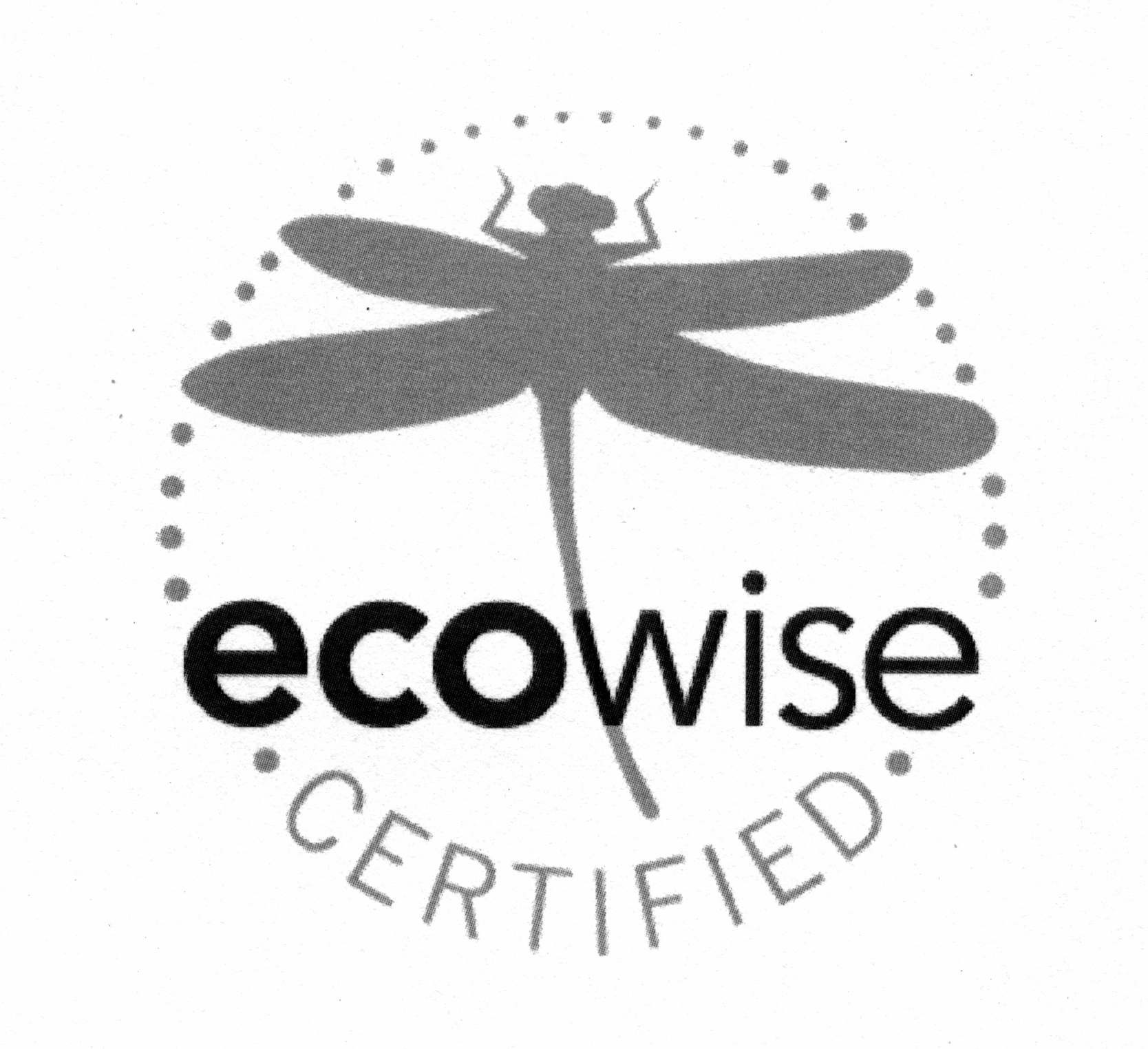| .

Summary
of Part A. Structural IPM and EcoWise Certified Standards
Basic principles of Structural IPM are covered in this course.
This includes a discussion of monitoring, recordkeeping, partnership
with a customer, treatment thresholds, how to apply IPM treatments
for pests such as ants, cockroaches, and rats, and the various
tools available for the IPM Practitioner.
IPM methods are also compared and contrasted with the methods
of conventional pest control.
The course shows how the EcoWise Certified definition of integrated
pest management leads logically to the EcoWise Certified Pesticide
Application Standards. These standards require application
of the minimum amounts of reduced risk pesticides, and they
are discussed in detail. The introduction to the EcoWise Standards
is a starting point for those that want to take Part B and
become an EcoWise Certified IPM Practitioner. The Standards
also provide a detailed blueprint for how to do reduced risk,
prevention based IPM.
There is a section on water quality that provides information
on how to reduce pesticide contamination of water, while providing
good pest management.
Here is an excerpt from the course:
If you are a licensed pest management professional, you already
know a lot about controlling pests. But your job is bigger
than just taking care of pest problems. You have an important
role in society, and must learn to deal with the concerns
of your customers and the possible impacts of your job on
a larger world. A number of customers may have health problems
and worry about pesticide exposure. Water quality regulators
may be concerned that perimeter applications of pesticides
will lead to water contamination. Members of the public may
want to avoid pesticide exposures when they enter public buildings
or play with their children in public parks.
Many pest management companies that recognize their role in
the greater society have started to provide “green”
or IPM services. These services emphasize non-chemical methods
and minimize pesticide applications. There is certainly more
than one way to achieve this goal, but a proven approach is
the IPM method.
IPM methods lead to better pest management and to a reduction
in pesticide use. One practitioner of this method, Dr. Albert
Greene of the U.S. General Services Administration converted
about 100 federal buildings to IPM management in the 1990s.
He reduced pest complaints by 89% and pesticide applications
by 93%. Implementation of IPM in 140 buildings at NASA’s
Ames Research Center, in Mountain View, CA reduced pesticide
applications by 87%. Since San Francisco started its IPM Program
in 1996, gallons of pesticides applied have been reduced by
85%. In 70% of the San Francisco treatments, no pesticides
at all are used. There are many other examples.
Because of the proven success in pesticide reduction, many
California municipalities have adopted IPM ordinances and
policies. California, along with many other states, has a
law requiring the use of IPM programs in schools. Water agencies
in California encourage use of IPM methods because IPM can
reduce pesticide contamination of water. In these instances,
IPM is actually part of a political process as well as a pest
management method. It allows the community to take control
of pesticide use by establishing rules for pesticide applications
on public property. The rules can include an accepted list
of pesticides and an exemption process for emergency situations.
The San Francisco IPM Ordinance is a model of this approach,
and a copy of the ordinance can be found at the San Francisco
website, www.sfenvironment.org. Other municipalities including
the City of Santa Barbara have followed this model.
So there are many good reasons why pest management companies
and professionals should convert to IPM. Reducing daily pesticide
exposure may have positive benefits on an applicator’s
health. Learning to provide quality pest management services
while reducing pesticide applications can lead to improved
professional recognition. Once your company is recognized
as a leader “green” pest management, IPM contracts
with government agencies, hospitals, schools, and other such
clients should be easier to secure. But the most important
reason is that IPM is a better way to do pest control.
If you want to apply to take the course, use this link:
Back to Course Outline and
Instructions Page
|
